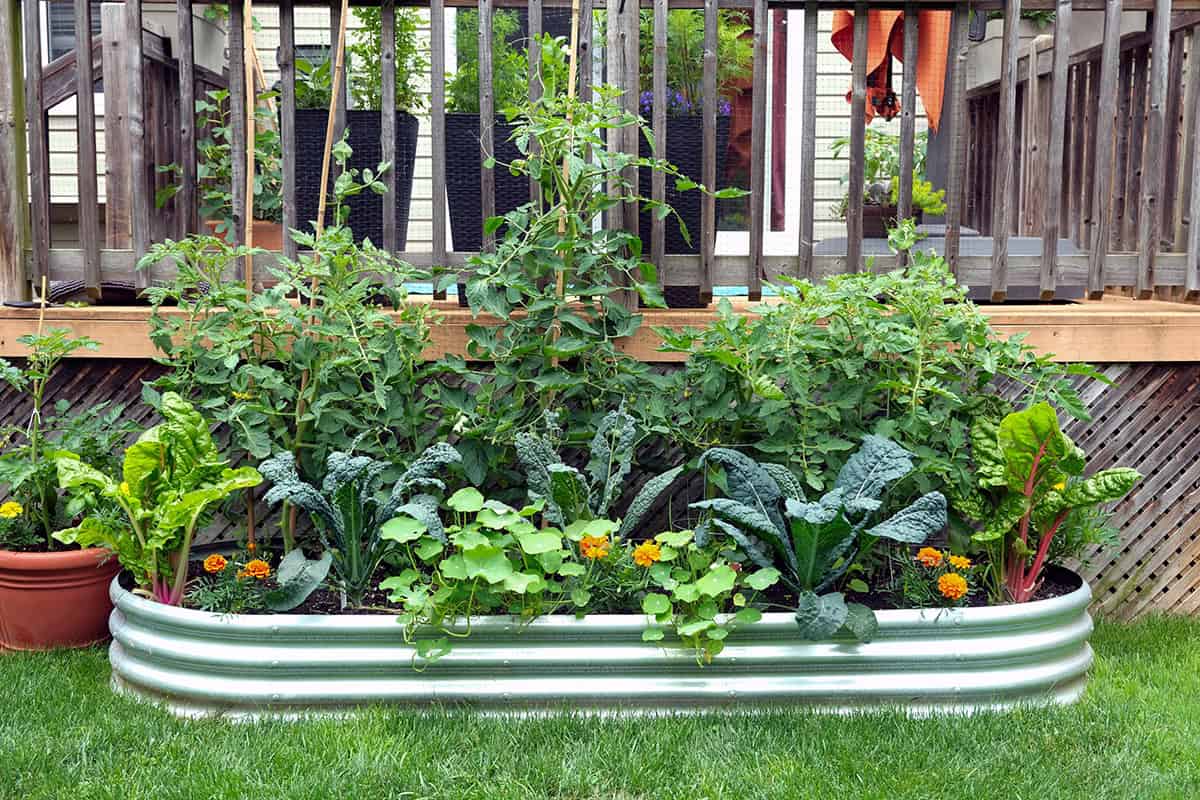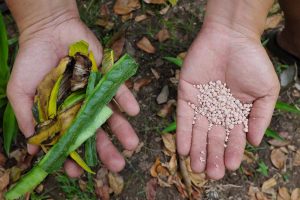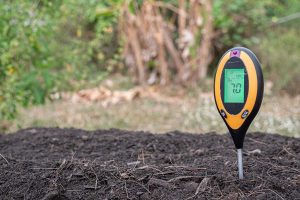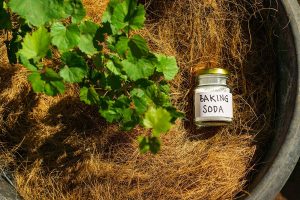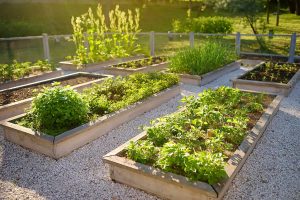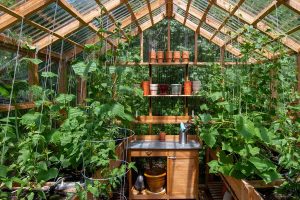Ever wonder why some of your plants don’t thrive even though you care for them properly? The culprit could be their neighbors. Keep reading to learn which plants shouldn’t be planted side by side.
Table of Contents
- Beans And Onions
- Tomatoes And Potatoes
- Carrots And Dill
- Cucumbers And Sage
- Peppers And Fennel
- Onions And Peas
- Lettuce And Cabbage
- Corn And Tomatoes
- Potatoes And Squash
- Fennel And Basil
- Beans And Beets
- Carrots And Parsnips
- Cucumbers And Potatoes
- Peppers And Kohlrabi
- Lettuce And Broccoli
- Garlic And Beans
- Strawberries And Cabbage
- Sunflowers And Potatoes
- Fennel And Most Vegetables
Beans And Onions
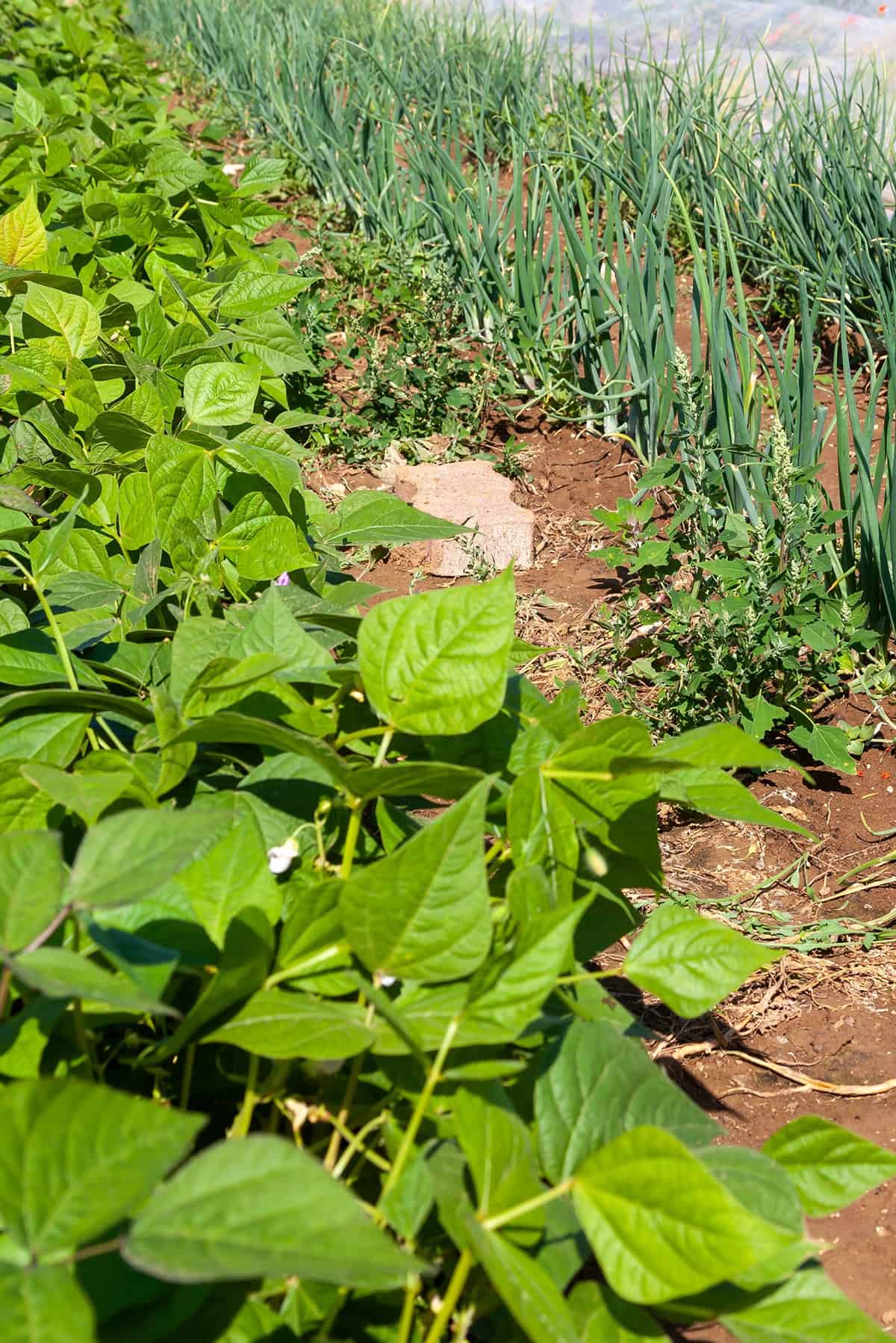
Beans and onions don’t play nice together. Onions release certain compounds into the soil that slow bean growth down.
Beans rely on friendly soil bacteria to fix nitrogen, but onions pump out allicin, which messes with those bacteria. This can leave your beans looking weak and under-productive.
Stick any bean too close to onions, leeks, chives, or garlic, and you’ll probably notice stunted plants and a sad harvest.
It’s tempting to mix crops for space, but this combo usually just leads to tiny beans. Better to keep them far apart if you want either to do well.
Separate rows or even beds work best. Both crops will thank you for the distance.
Tomatoes And Potatoes
Tomatoes and potatoes might seem like natural garden neighbors—same family, similar needs. But honestly, they’re a headache together.
Disease, especially late blight, jumps fast between these two. Get it on one, and the other’s doomed.
Potato roots can crowd out tomatoes, stealing nutrients and water. Plus, they can shade each other out, slowing growth.
Best to avoid planting them together. The disease and pest risks just aren’t worth it. Rotating your nightshades each year is a smart move.
Keep them apart, and you’ll have a much easier time keeping both healthy.
Carrots And Dill
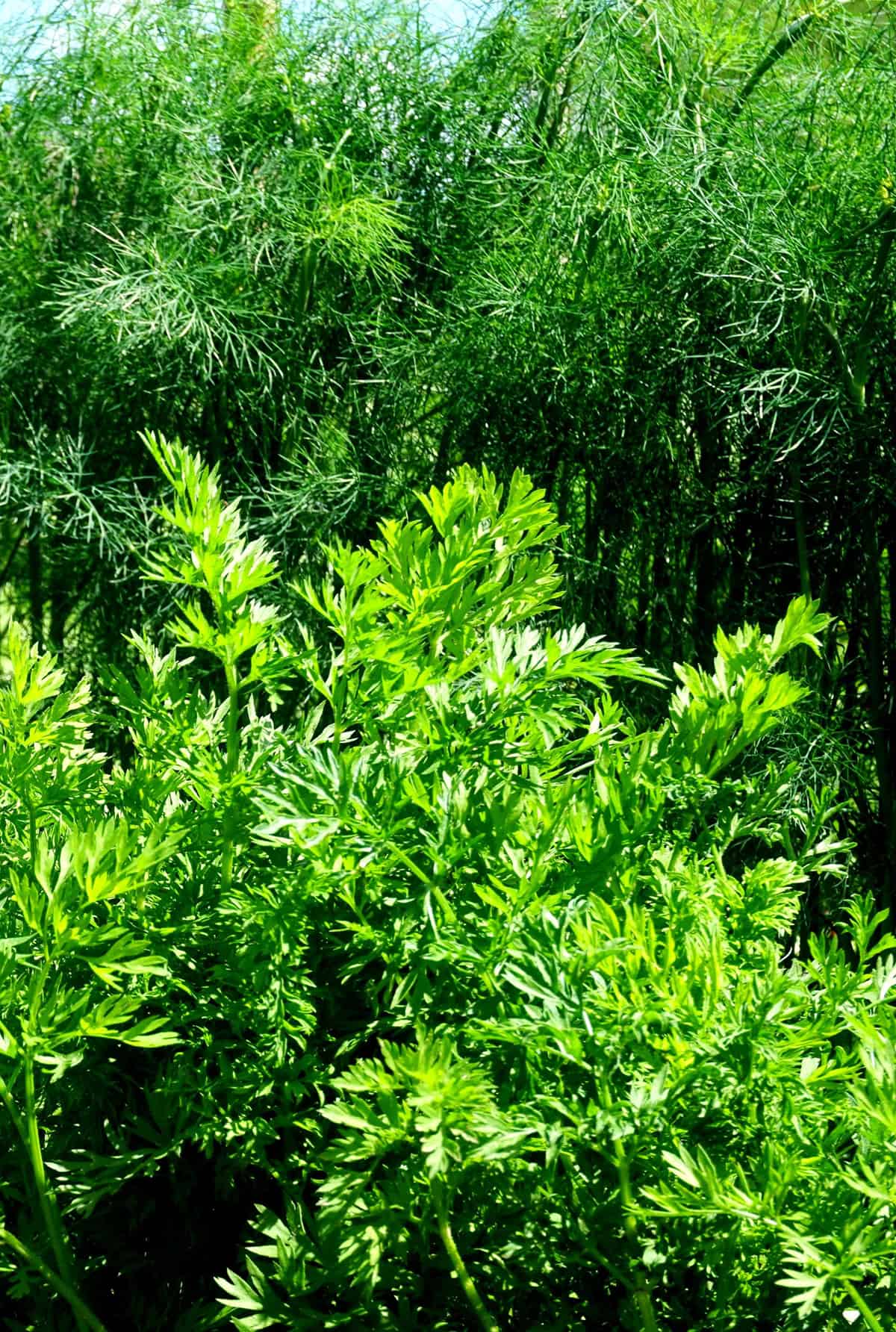
Dill and carrots don’t mix well, especially once dill matures. Carrot growth gets stunted, and you end up with undersized roots.
Pest control gets trickier too—carrot flies aren’t put off by dill, so your carrots stay vulnerable.
If both flower, cross-pollination can mess up future seed quality, leading to disappointing crops next year.
There are better companions for carrots—think onions, leeks, or sage, which help with pests. Keeping dill away means better carrots, plain and simple.
Cucumbers And Sage
Cucumbers and sage just don’t vibe. Sage’s strong aroma seems to stunt cucumber growth; they don’t support each other at all.
Cucumbers do better with mild neighbors like lettuce or beans. Sage, on the other hand, is more helpful near cabbage or carrots, not cukes.
Marigolds or nasturtiums are a safer bet for pest control around cucumbers, without the risk of stunted growth.
Think about each plant’s preferences when planning—steering clear of combos like sage and cucumbers leads to happier, more productive plants.
Peppers And Fennel
Peppers and fennel? Not a good idea. Fennel has a reputation for holding back the growth of other plants, peppers included.
It releases chemicals (allelopathy, if you want to get technical) that can leave peppers small and unproductive.
Fennel also attracts certain pests that might decide to snack on your peppers too, making pest control a pain.
Want good peppers? Keep them far from fennel, ideally in separate beds or containers.
Letting each plant do its thing, without competition, sets you up for a healthier garden overall.
Onions And Peas
Peas and onions—another mismatch. Onions release compounds that slow pea growth, so peas often end up looking weak and producing less.
This isn’t just about onions; garlic and leeks do the same thing to peas, whether they’re snow, snap, or garden peas.
Plenty of gardeners swear by keeping these crops apart. Separate rows or beds help both do better.
Onions are happier with beets, lettuce, or carrots, while peas thrive with carrots, radishes, or cucumbers.
Giving each enough space lowers stress and competition, setting you up for a more reliable harvest.
Lettuce And Cabbage
Lettuce and cabbage fight for the same resources—water, nutrients, sunlight. When jammed together, neither really reaches its potential.
They’re also targets for the same pests and diseases, like aphids and cabbage worms, which hop easily from one to the other.
Crowding leads to smaller, slower-growing plants, and sometimes the flavor or texture just isn’t as good.
Leave some breathing room between your lettuce and cabbage. Rotating crops helps too, keeping diseases at bay.
Corn And Tomatoes
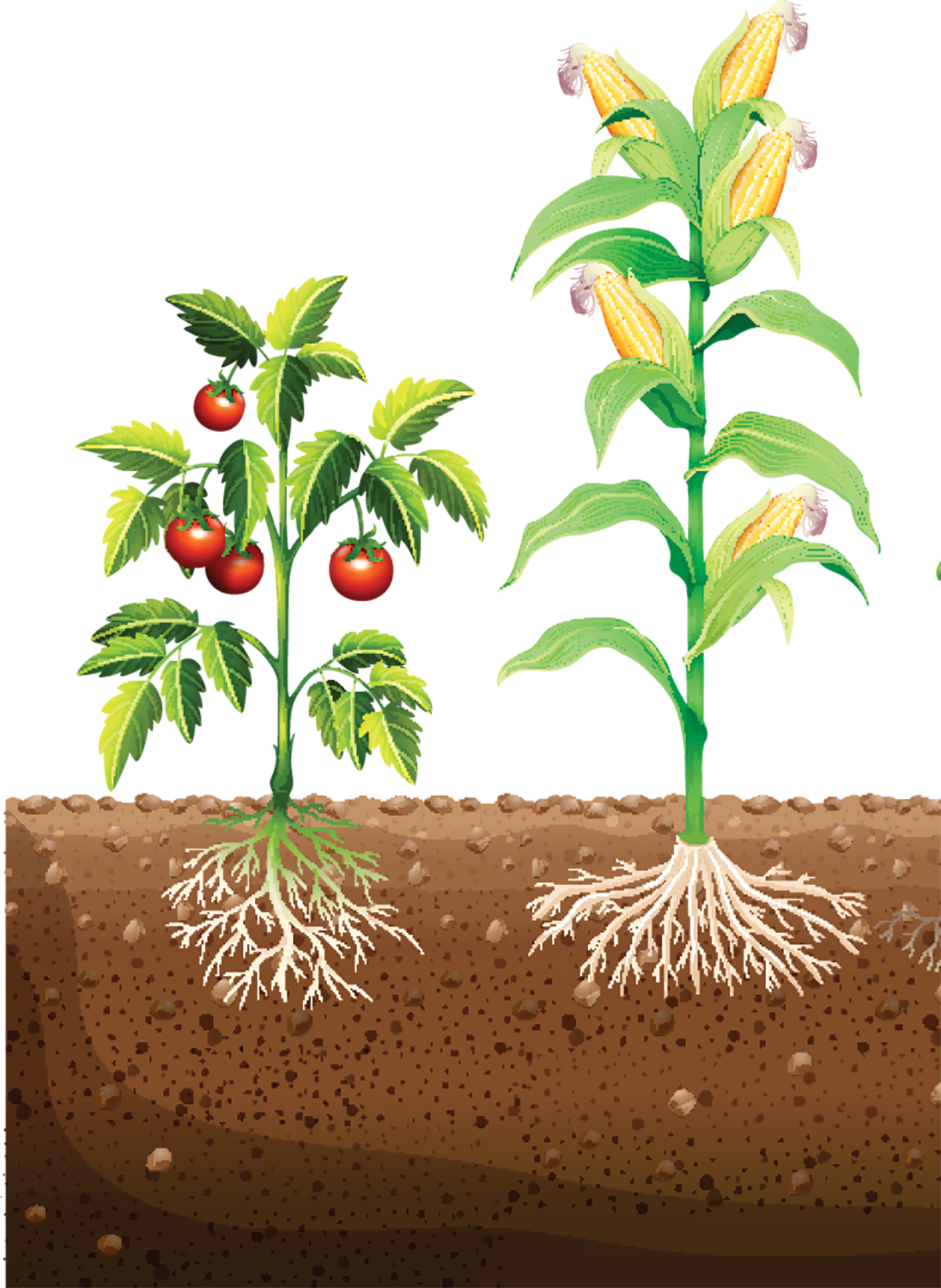
On paper, corn and tomatoes seem compatible—both love sun and rich soil. But in practice? Not so much.
They attract the same pests, especially corn earworms, which will munch on both if given the chance.
With similar appetites for nutrients and water, they can quickly deplete the soil, leaving both crops lacking.
They also share a few diseases, so problems can escalate fast if they’re side by side.
Spacing them apart helps keep pests and disease in check, giving each crop a fair shot at thriving.
Potatoes And Squash
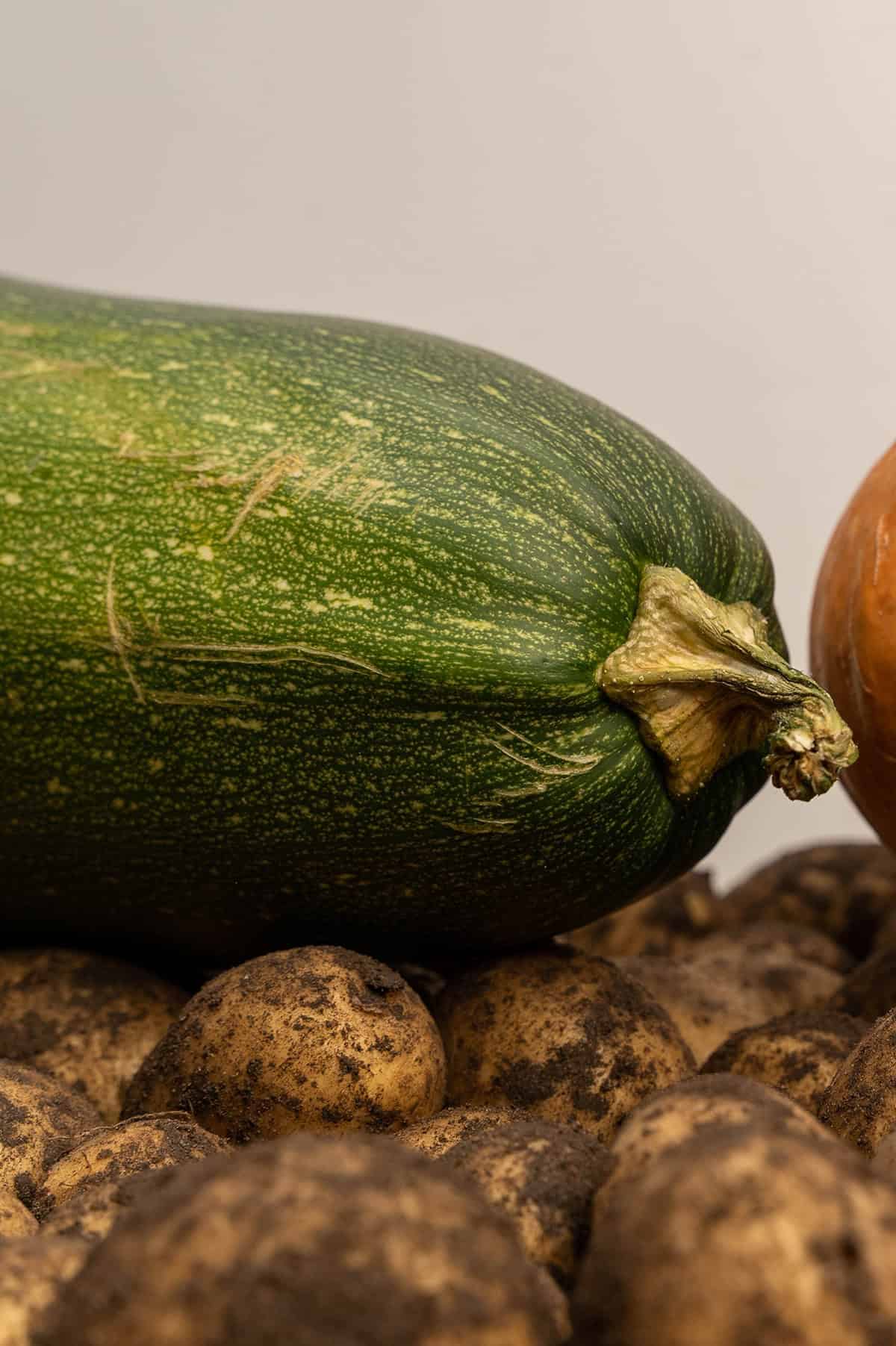
Potatoes and squash together can spell trouble. Blight loves both and spreads fast between them.
Pests are another headache—there’s a lot of overlap, so numbers can get out of hand.
Underground, potatoes spread out, while squash vines take over above. They compete for space and nutrients, stressing both crops.
Keeping them apart reduces disease risk and competition. If you want to maximize space, potatoes do better with beans or marigolds, and squash pairs nicely with corn or peas. Just don’t crowd potatoes and squash together.
Fennel And Basil
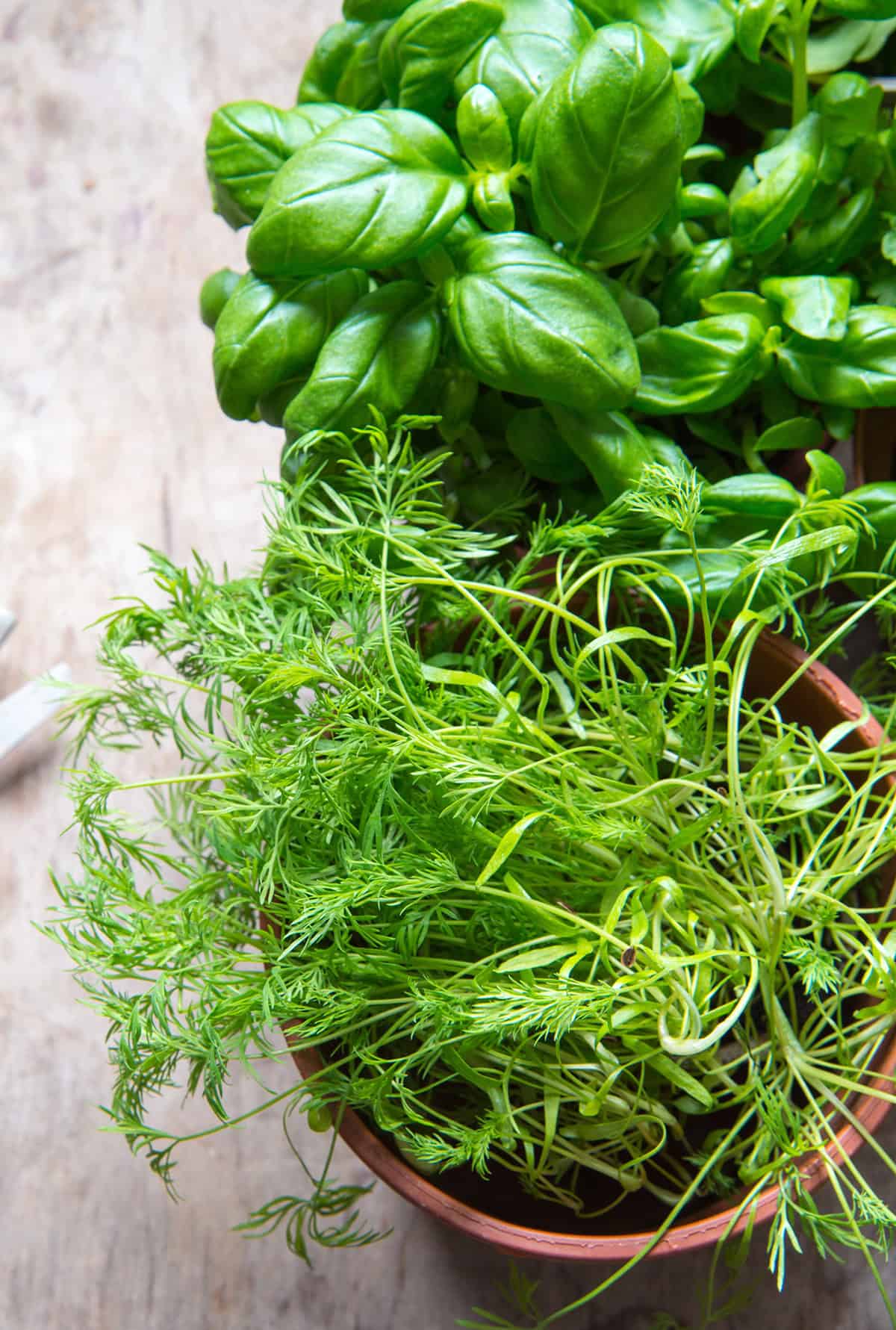
Basil and fennel—definitely not friends. Fennel is notorious for stunting nearby plants, and basil is especially sensitive.
They end up fighting for nutrients, and basil just doesn’t thrive next to fennel. Some folks even call fennel a “bully plant.”
If basil is too close, you’ll see weak growth and less vibrant leaves. Both herbs will struggle.
Basil does best with most other herbs, but fennel really prefers to be on its own. Give them space and they’ll each do better.
Beans And Beets
Bean and beet placement actually matters. Pole beans and beets are a bad mix—together, they just don’t grow well.
Bush beans can sometimes work, but crowding still leads to reduced yields for both.
They compete for nutrients at the roots, and pole beans especially seem to inhibit beet growth.
Also, don’t stick beans near onions if beets are around—it just adds to the stress.
Separating beans and beets helps both thrive. A little planning goes a long way here.
Carrots And Parsnips
Carrots and parsnips might look like a natural duo, but they actually invite trouble. Pests like carrot flies go for both, and diseases like root rot can spread quickly if they’re side by side.
Both need deep, loose soil, and when forced to compete, neither really thrives—roots get crowded and yields drop.
Spacing them out keeps pests in check and gives each crop the best shot at success. Different rows or separate garden spots work best.
With a little distance, you’ll have healthier carrots and parsnips all season.
Cucumbers And Potatoes
It’s honestly best to keep cucumbers and potatoes apart in your garden. Both are pretty demanding—they sprawl out, fighting for space, light, and nutrients. When they’re packed together, neither really thrives.
Disease can be a headache here too. Fungal issues are a problem for both, and, with some humidity, things can go downhill fast if they’re side by side.
Pests aren’t picky, either. Cucumber beetles and potato beetles will happily bounce between both plants, making control a real chore.
Another thing—harvesting gets tricky if the vines get tangled. You might end up trampling one plant just to get to the other. Not ideal.
Honestly, a bit of planning goes a long way. Give cucumbers and potatoes their own corners of the garden. You’ll probably have fewer headaches and healthier plants.
Peppers And Kohlrabi
Ever thought about growing peppers and kohlrabi together? They’re from totally different families—peppers are nightshades, kohlrabi’s a brassica.
Their preferences don’t exactly line up. Peppers love warmth, while kohlrabi’s all about cooler temps. That’s a tough match.
They’ll also tussle over nutrients and space. Kohlrabi likes rich, moist ground, and peppers need fertile soil too, just with a bit of a different balance.
Honestly, most gardening guides say to keep brassicas away from nightshades. Kohlrabi can slow down peppers (and tomatoes, for that matter).
Pests can be a pain as well. Some that go after brassicas might end up bothering your peppers too, which just adds to the stress.
It makes sense to give each their own spot. That way, you can actually meet their needs and sidestep a lot of potential problems.
Lettuce And Broccoli
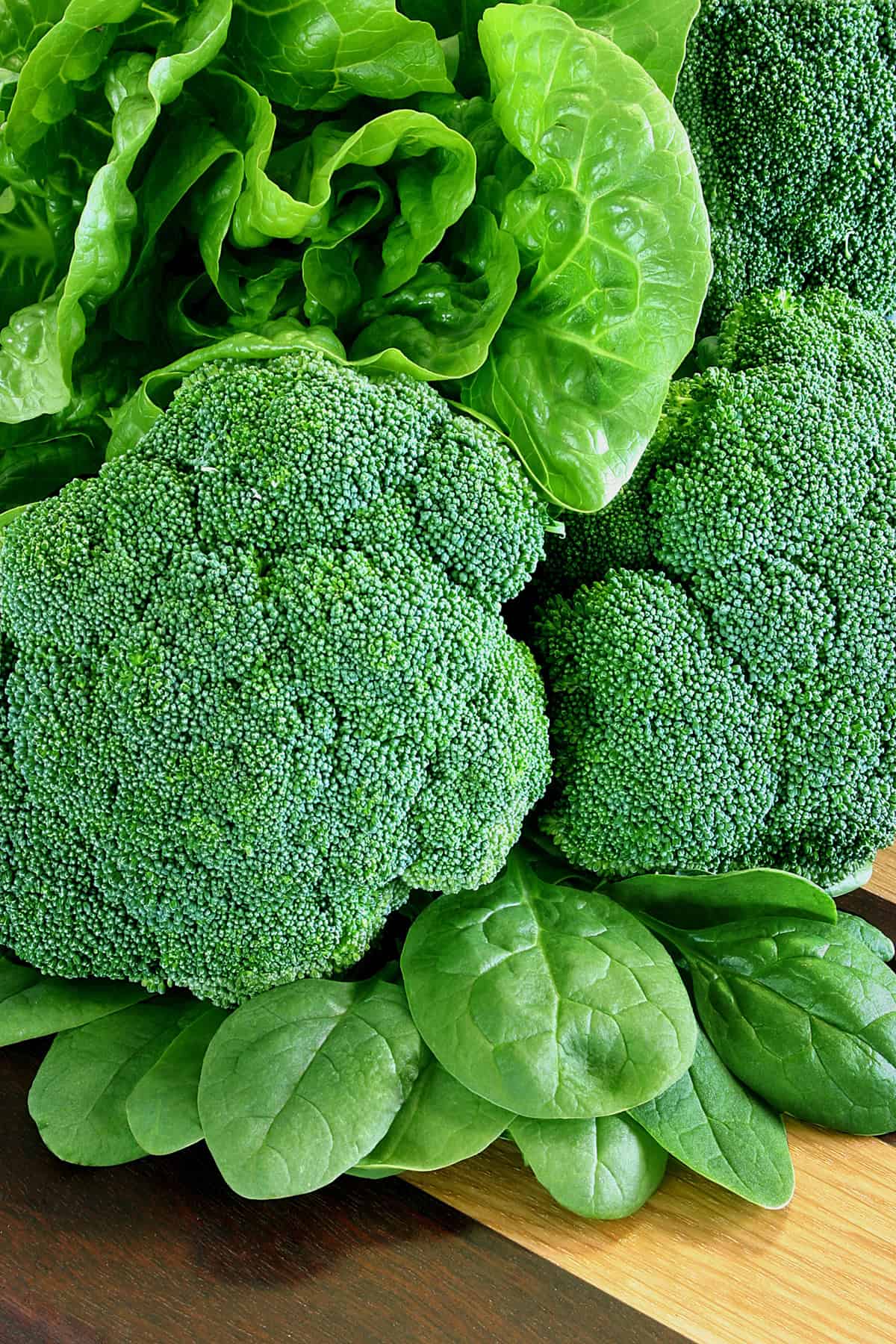
You’d think lettuce and broccoli would be good neighbors since they both like cool weather. Plenty of gardeners try it. But, honestly, they don’t always get along as well as you’d hope.
Broccoli is a heavy feeder. It’ll gobble up nutrients, sometimes at lettuce’s expense. Lettuce doesn’t need nearly as much, so it can get the short end of the stick.
Roots can be an issue, too. Broccoli’s roots spread out and might crowd out the lettuce, leading to smaller heads and lackluster growth.
Then there’s the shade. Broccoli gets tall and can block the sun, so lettuce ends up struggling for light, especially as the broccoli matures.
Spacing things out helps. Some folks use containers or just leave more room between rows. Planting at different times can also make a difference.
Garlic And Beans
At first glance, growing garlic and beans together sounds efficient, right? But, nope—these two don’t play nice. Garlic, being an allium, puts certain chemicals in the soil that slow down beans quite a bit.
Beans near garlic often end up stunted or with disappointing yields. Garlic, onions, and shallots all tend to have this effect on beans and even peas. The roots get stressed, and the plants never really take off.
Garlic does have its perks for pest control, but it’s just not a match for beans. For better results, keep garlic and its relatives far from your bean patch—separate beds are best.
So, it’s worth thinking through your layout. Pay attention to plant families and don’t group incompatible crops, even if it seems convenient. Rotating them in different years instead of planting side by side is usually the safer bet.
Strawberries And Cabbage
Planting strawberries with cabbage might seem like a space-saver, but it’s rarely a win. They end up fighting for the same nutrients and elbow room, which drags down yields for both.
Cabbage and its brassica cousins can stunt strawberries’ growth. Big cabbage leaves throw shade, and strawberries just don’t like that. Less sun means weaker plants and fewer berries.
Pests are another headache. Both crops attract some of the same bugs, making it easier for problems to spread and harder to manage.
For happier strawberries, keep them away from cabbage and brassicas. Pick companions that won’t crowd them out. Thoughtful pairing really does make a difference.
Sunflowers And Potatoes
Curious about pairing sunflowers and potatoes? They’re actually not great neighbors, even though they sometimes end up together in garden plans.
Both are susceptible to early and late blight, so putting them close just ups the disease risk.
Sunflowers shoot up tall and can hog the sunlight, which doesn’t do potatoes any favors. They’ll also compete for nutrients if they’re packed together.
There’s also talk among gardeners that sunflowers release chemicals into the soil that can hold back nearby plants. Potatoes can really struggle with this.
Honestly, keeping some distance between these two is a smart move. It’s a small change that can save you a lot of trouble later on.
Fennel And Most Vegetables
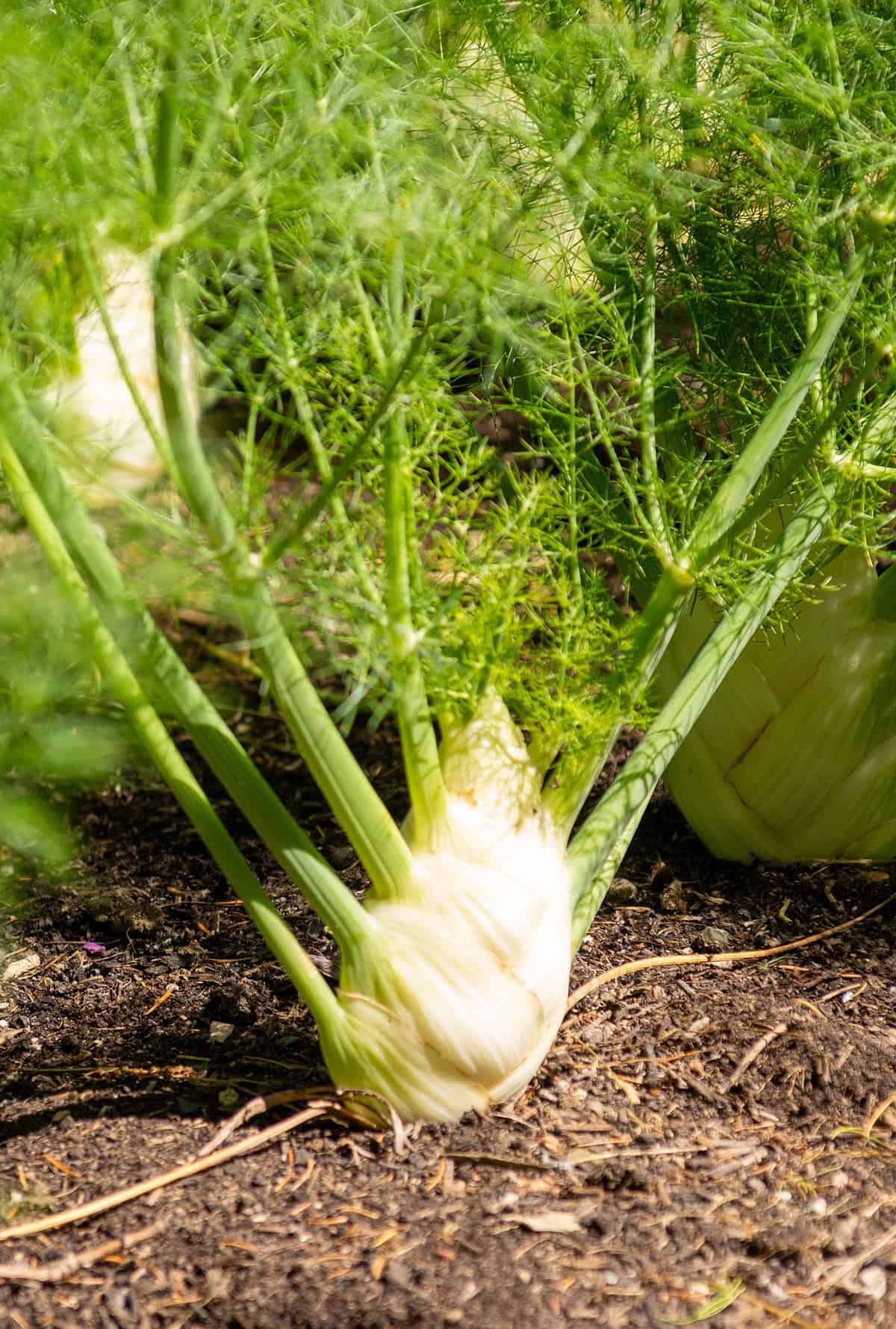
Maybe you’re considering tucking fennel in with your other veggies. Honestly, though, it’s a tough neighbor. Most vegetables just don’t seem to get along with it, and sometimes things go sideways for nearby plants.
Turns out, fennel’s roots release certain chemicals. These can stunt or even mess with the health of surrounding crops—a phenomenon called allelopathy, if you want the fancy term.
Stick fennel too close to beans, tomatoes, or most leafy greens and, well, don’t be surprised if they sulk or just fail to thrive. Some folks have seen their veggies struggle for no obvious reason, only to realize fennel was the culprit.
Sure, there are a few plants like dill or certain herbs that’ll tolerate fennel. But even dill isn’t a perfect match; cross-pollination can mess with seed quality, which is a bit annoying if you care about that.
Honestly, it’s just easier to give fennel its own little patch. A bit of distance goes a long way toward keeping the rest of your garden happy.
